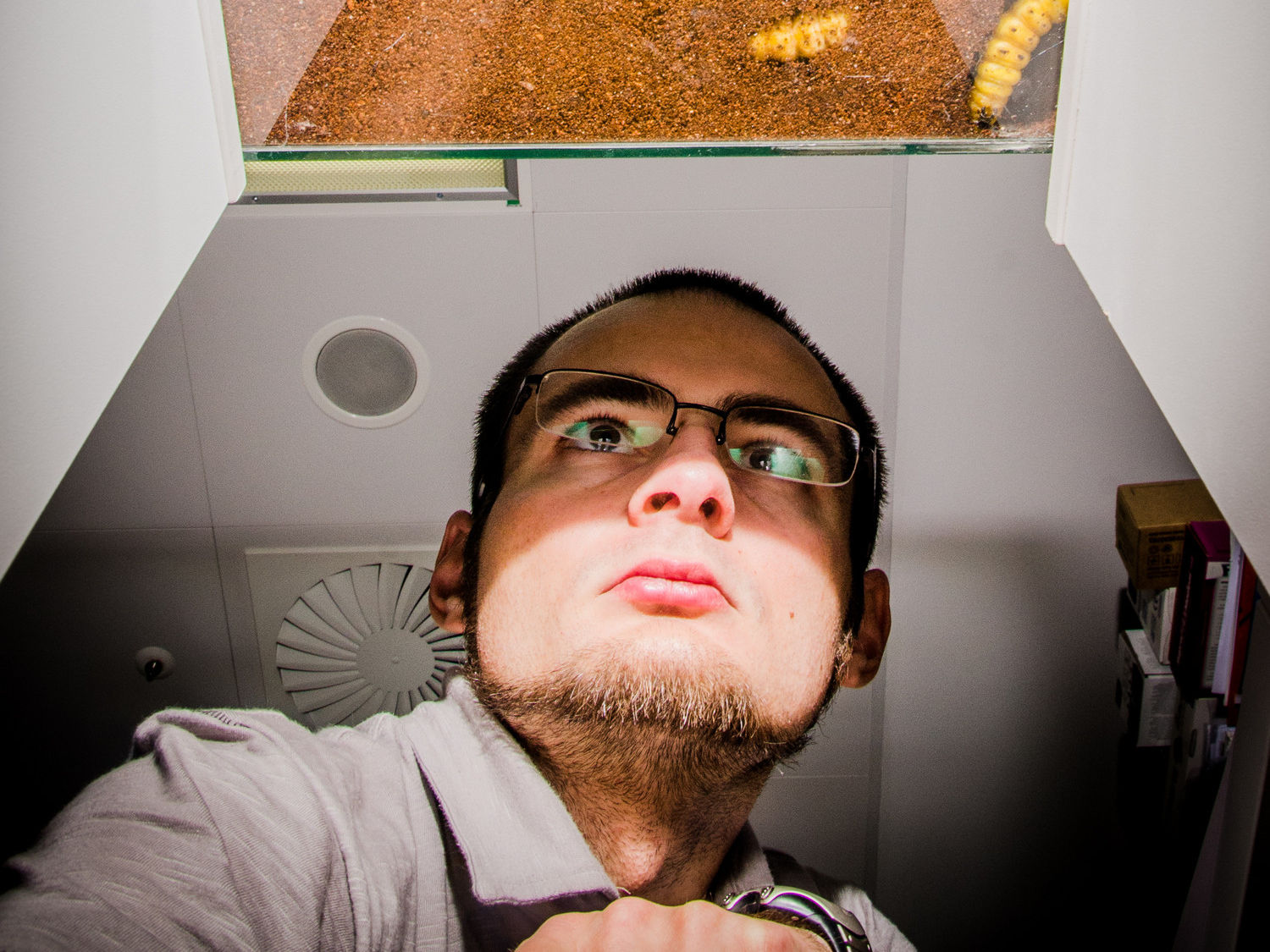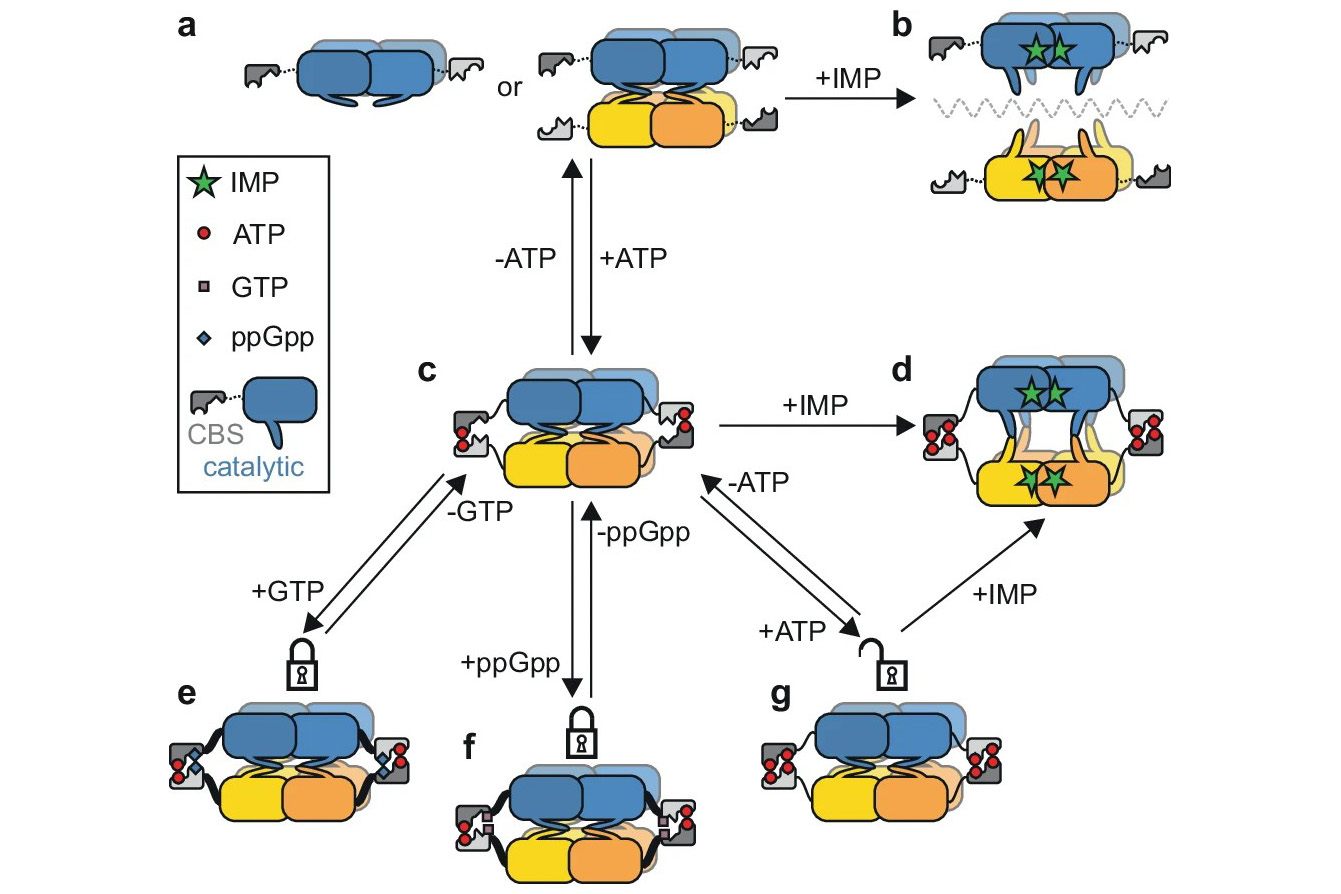
Many insects release chemical signals, known as sex pheromones, to attract mates over long distances. The pheromones of male bumble bees, for example, contain chemicals called fatty alcohols. Each species of bumble bee releases a different blend of these chemicals, and even species that are closely related may produce very different ‘cocktails’ of pheromones.
The enzymes that make fatty alcohols are called fatty acyl reductases (or FARs for short). Any change to a gene that encodes one of these enzymes could change the final mix of pheromones produced. This, in turn, could have far-reaching effects for the insect, and in particular its mating success. Over time, these changes could even result in new species. Yet no one has previously looked into how the genes for FAR enzymes have evolved in bumblebees, or how these genes might have shaped the evolution of this important group of insects.
- Tupec, M., A. Buček, V. Janoušek, H. Vogel, D. Prchalová, J. Kindl, T. Pavlíčková, P. Wenzelová, U. Jahn, I. Valterová and I. Pichová. Expansion of the fatty acyl reductase gene family shaped pheromone communication in Hymenoptera. eLife 8: e3923, 2019






